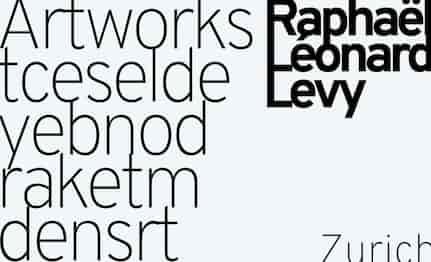CLICK TO VIEW PRESS RELEASE

INGVAR SVENSSONMÅLNINGAR26.11-15.12.1971
I write about Ingvar Svensson’s paintings not with any other purpose than to clarify for myself what it is I think of them:
The monotonous regularity with which he executes his scenes in color fields of red, brown, orange, blue, and green — all with the same saturation, always bounded by the same dark contour — testifies to a wish to convey a meaning on a purely conceptual level. It testifies, at least, to no greater trust in “painting” than as a possibility for decorative effect. A figure with a helmet represents a soldier, another with a briefcase a civil servant, a third with a beard and red cloak Christ, etc. The figures lack individuality and acquire identity only through their attributes, as if at bottom they were the same human being, merely assigned different roles in a game between contending forces. Ultimately, it is the natural state within man, or rather human conditions, that plays out here, and its poles seem to be the demonic and the divine.
When one looks at the paintings, one should attend to this drama. Yet I must admit that it is this human figure naked, stripped of attributes, that interests me most. For of course it has a face and an expression and is nothing more than the sign for a human being, plain and simple. If one disregards certain mimetic expressions of mood, one could say that the face is expressionless — painted completely flat, with eyes that seem unseeing. But this does not strike me as empty; rather, it is overflowing with emotion, with a feeling that does not know its path and is therefore at once helpless and relentlessly pressing forward.
In a few small paintings of naked human beings — a child crawling on a sloping plane, a woman making a gesture of fear — the fundamental experience seems to find expression, and characteristically enough, they allow no gap to appear between form and content.
Ola Billgren


